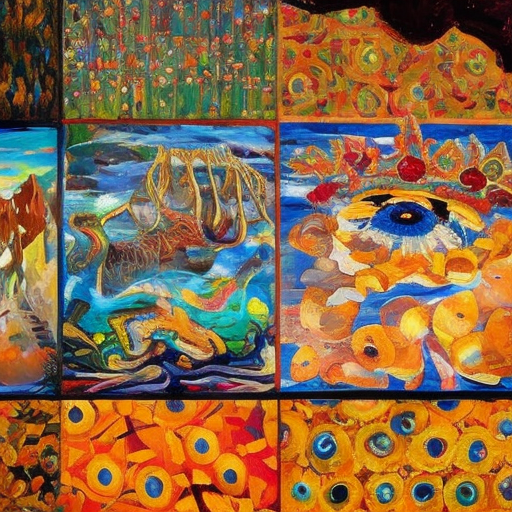Summary:
Art movements are significant periods in art history characterized by a shared set of artistic principles, techniques, and themes. These movements have shaped the development of art and have had a profound impact on society and culture. From the Renaissance to Impressionism, Cubism to Pop Art, art movements have pushed the boundaries of creativity and challenged traditional artistic norms.
The Renaissance:
The Renaissance, which emerged in Italy in the 14th century, marked a shift from the medieval period to a renewed interest in classical art and humanism. Artists such as Leonardo da Vinci and Michelangelo embraced the ideals of balance, proportion, and naturalism, creating masterpieces that celebrated the human form and explored new techniques in perspective and anatomy.
Impressionism:
In the late 19th century, Impressionism emerged as a reaction against the rigid academic art of the time. Artists like Claude Monet and Pierre-Auguste Renoir sought to capture the fleeting effects of light and atmosphere in their paintings, using loose brushstrokes and vibrant colors. The movement revolutionized the way art was perceived and paved the way for modern art.
Cubism:
Cubism, pioneered by Pablo Picasso and Georges Braque in the early 20th century, challenged traditional notions of representation and perspective. Artists fragmented objects and subjects into geometric shapes and multiple viewpoints, creating a new way of seeing and understanding the world. Cubism laid the foundation for abstract art and influenced subsequent movements such as Futurism and Constructivism.
Surrealism:
Surrealism, led by artists like Salvador Dalí and René Magritte in the 1920s, sought to explore the realm of the unconscious and the irrational. Surrealist art often featured dreamlike imagery, juxtapositions of unrelated objects, and a sense of mystery and surprise. The movement aimed to liberate the imagination and challenge societal norms through the power of the subconscious mind.
Abstract Expressionism:
Abstract Expressionism emerged in the United States in the mid-20th century and became the first major American art movement to gain international recognition. Artists such as Jackson Pollock and Mark Rothko embraced non-representational forms and emphasized the act of painting itself. The movement emphasized individual expression, spontaneity, and the exploration of emotions through bold brushwork and vibrant colors.
Pop Art:
Pop Art, which emerged in the 1950s and 1960s, celebrated popular culture and consumerism. Artists like Andy Warhol and Roy Lichtenstein incorporated imagery from mass media, advertising, and everyday objects into their art. Pop Art challenged the notion of high art and blurred the boundaries between fine art and popular culture, making art more accessible to a wider audience.
Conclusion:
Art movements have played a crucial role in the development of art throughout history. From the Renaissance to Pop Art, each movement has pushed the boundaries of artistic expression and challenged traditional norms. These movements have not only shaped the art world but have also reflected and influenced the social, cultural, and political contexts in which they emerged. By studying art movements, we gain a deeper understanding of the evolution of art and its impact on society.












